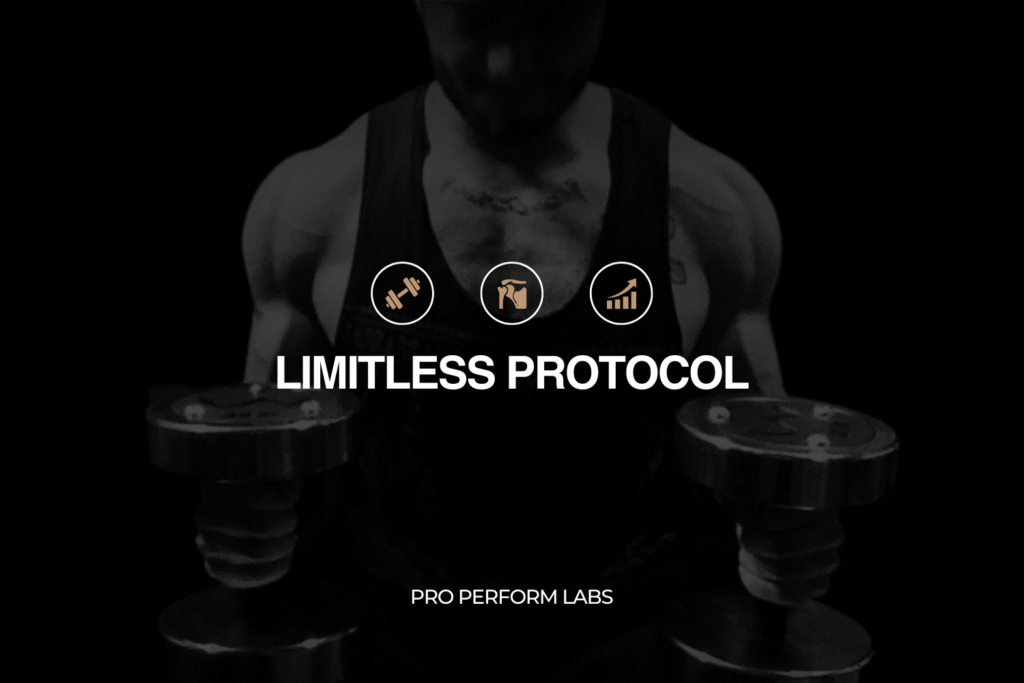INTRODUCTION
In my (almost) 10 years of resolving injuries, I’ve helped people succeed where other “experts” couldn’t.
Why?
Because I’ve been there myself.
When I injured my shoulder 10 years ago, I made all the classic mistakes—and they kept me stuck in pain, wasting time and energy.
I learned firsthand what doesn’t work.
Today, I’m sharing the 7 BIGGEST rehab mistakes I see people make, so you can avoid them, skip the frustration I went through, and get back to training pain-free.
Ready? Let’s dive in…
1) Too much rest
It feels good to rest your injury:
But rest will not resolve long term injuries or joint issues, and could even make them WORSE as muscles get weaker.
Why?
If you do nothing, the body will adapt to nothing… and the pain will be there when you return to training.
1) Doing too much
For all injuries, more ≠ better.
Sometimes you need to remove exercises and do less to give your body a chance to build up tolerance.
Why?
It’s vital to add things that build strength an resilience… and remove or reduce things that may aggravate your injury.
3) Unrealistic expectations
Resolving injuries take time.
The exact timeframe will depend on how long you’ve been injured, the complexity and your level of commitment.
The worst thing you can do…
Is set an unrealistic target (eg. Resolve a 4 year issue in 2 weeks). You’ll just be left disheartened and disappointed.
3) Low level rehab
PT exercises are a great start.
Because these low level exercises (eg. Bands + bodyweight) will help you reduce pain and restore basic function.
But that’s it.
If you want to perform at your best, you must progress to harder exercises and intensities to drive adaptive changes in your body.
5) Neglecting Your Lifestyle
You can’t outrehab an unhealthy lifestyle.
Because you do not resolve long term injuries by simply “healing”, you must also reduce your sensitivity to pain.
This is called “sensitisation:.
And it’s why your pain might feel worse after a bad night’s sleep, or during a more stressful period in your life.
6) False fears and beliefs
Resolving injury / pain isn’t just physical.
False fears and beliefs make you avoid the very exercises that help you recover — and that means you stay injured, limited, and frustrated.
A few helpful beliefs:
It’s safe to move. It’s safe to exercise (correctly). Pushing my body responsibly is good for long-term injuries and pain.
7) It’s all passive
Passive treatments reduce pain symptoms.
But these alone (eg. Stretching + foam rolling) will not help you resolve the underlying issue that is causing your pain.
Why?
They don’t strengthen tissue or adapt how you move, all of which are vital to resolve long term injures and joint issues.
A Summary
All these mistakes keep so many people stuck in pain… spinning their wheels, wasting time, and feeling frustrated.
But it doesn’t have to be this way.
Because the right approach will help you:
- Address the root cause of your pain
- Restore strength and optimal function
- Train and be active without limits or fear
If you’d like help identifying what the right approach is for you, book a free 30 minute strategy session with me.
Or alternatively…
Contact me using this link [send me a message].



